Do you have a question about the Focusrite VoiceMaster Pro and is the answer not in the manual?
Details MIC/INSTRUMENT INPUT, +48V, INPUT GAIN, and LINE selection for the pre-amp.
Covers the High Pass Filter (HPF), Phase Reverse, and Line input selection for signal conditioning.
Details Threshold, Release, Gain Reduction meter, and the IN switch for noise reduction.
Explains Threshold, Depth, Post Comp, and band-specific threshold controls for harmonic enhancement.
Details Threshold, Ratio, Attack, Release, and Makeup Gain for dynamic range control.
Explains TONE, DRIVE, and the IN switch for simulating valve and tape saturation.
Details BREATH, MID, ABSENCE, WARMTH, TUNING, and SHIFT controls for tonal shaping.
Explains the De-Esser's purpose, controls (Threshold, Cut Frequency, LISTEN), and Gain Reduction meter.
Details ADC EXT INPUT, S/PDIF OUTPUT, SAMPLE FREQUENCY, and EXT WORD CLOCK INPUT.
Advice on optimal mic placement and using the HPF for vocal recording.
Guidance on using the Optical Compressor for vocal level consistency.
Tips for fixing MUDDY, FLAT, HARSH, LOST IN THE MIX, SIBILANT, and character issues.
Answers if the unit is only for vocals and its Class A nature.
Explains +4 dBu vs -10 dBV levels and balanced vs unbalanced connections.
Explains the importance of 24-bit/96kHz, digital input cards, and Wordclock synchronization.
Guides users on diagnosing issues like unlit LEDs, no mic, line, or instrument output.
Addresses problems with the Optical Compressor, EQ, and Wordclock lock.
Details MIC/INSTRUMENT INPUT, +48V, INPUT GAIN, and LINE selection for the pre-amp.
Covers the High Pass Filter (HPF), Phase Reverse, and Line input selection for signal conditioning.
Details Threshold, Release, Gain Reduction meter, and the IN switch for noise reduction.
Explains Threshold, Depth, Post Comp, and band-specific threshold controls for harmonic enhancement.
Details Threshold, Ratio, Attack, Release, and Makeup Gain for dynamic range control.
Explains TONE, DRIVE, and the IN switch for simulating valve and tape saturation.
Details BREATH, MID, ABSENCE, WARMTH, TUNING, and SHIFT controls for tonal shaping.
Explains the De-Esser's purpose, controls (Threshold, Cut Frequency, LISTEN), and Gain Reduction meter.
Details ADC EXT INPUT, S/PDIF OUTPUT, SAMPLE FREQUENCY, and EXT WORD CLOCK INPUT.
Advice on optimal mic placement and using the HPF for vocal recording.
Guidance on using the Optical Compressor for vocal level consistency.
Tips for fixing MUDDY, FLAT, HARSH, LOST IN THE MIX, SIBILANT, and character issues.
Answers if the unit is only for vocals and its Class A nature.
Explains +4 dBu vs -10 dBV levels and balanced vs unbalanced connections.
Explains the importance of 24-bit/96kHz, digital input cards, and Wordclock synchronization.
Guides users on diagnosing issues like unlit LEDs, no mic, line, or instrument output.
Addresses problems with the Optical Compressor, EQ, and Wordclock lock.
| Channels | 1 |
|---|---|
| Phantom Power | 48V |
| De-esser | Yes |
| Enhancer | Yes |
| THD+N | < 0.005% |
| Type | Channel Strip |
| Inputs | XLR, 1/4" TRS |
| Outputs | XLR, 1/4" TRS |
| Frequency Response | 20Hz - 20kHz |
| Dynamic Range | 110 dB |
| Gain Range | 60dB |
| EQ | 3-band |
| Compressor | Yes |


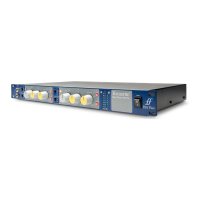
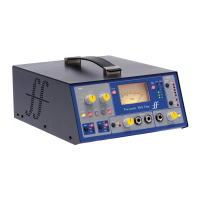
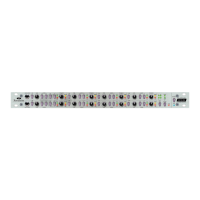
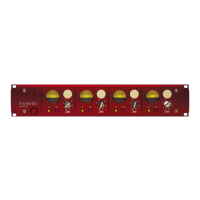
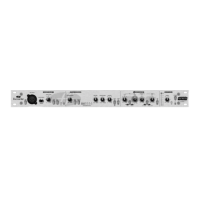
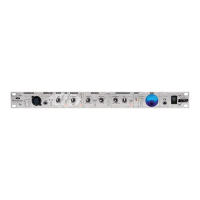
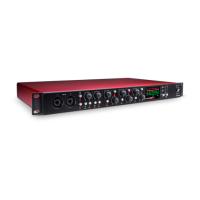
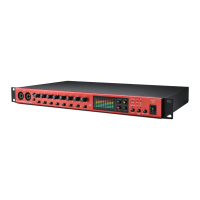
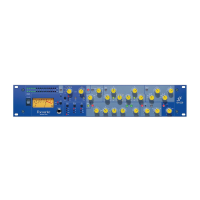
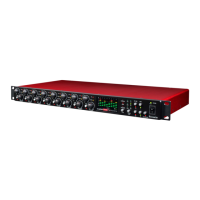
